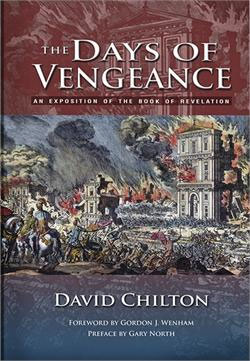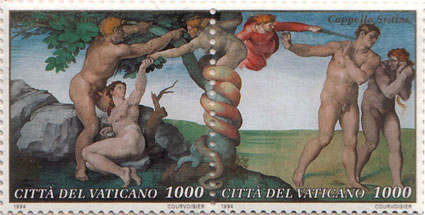The LORD will attack those nations like a warrior fighting in battle. He will take his stand on the Mount of Olives east of Jerusalem, and the mountain will split in half, forming a wide valley that runs from east to west. Then you people will escape from the LORD’s mountain, through this valley, which reaches to Azal.” (Zechariah 14:3-5)
diSpENSATIONALISTS love to quote verses from Zechariah and apply them to modern Jews. While this breaks all the rules of interpretation (context, first audience, book structure, common sense, etc.), those who realise its events were all fulfilled, culminating in the first century, still have a lot of trouble with the details. But the answers lie in Old Testament typology.
Not only does the entire book of Zechariah follow the ‘Egypt to Canaan’ pattern, each of the ‘post-vision’ chapters does so individually. There is too much detail to go into here, but I want to deal with the splitting mountain.
The Ark was the Lord’s footstool. It, along with both the incense and bronze altars, had to be purified with blood. The Lord will only stand in a clean place, and indeed even required His priests to have clean feet. As a square altar, Canaan was purified with blood by Abraham. It was purified with blood again under Joshua in the ‘devotion’ of Jericho. Immediately after this victory, the people were divided between Mounts Ebal and Gerizim, one for the blessings of the Law and one for curses (Joshua 8). Blood, and a split mountain, made a way into the new Land.
Here’s where the structure of the passage is important. It follows the feasts pattern (Lev 23) and this section appears at Atonement (Covering). One goat was blessed and ascended to God; the other carried the curses to destruction (ez azal). As the Lord’s footstool, the Mount of Olives was divided to the north and the south, just like the Temple veil was torn in two. With Christ’s death as Passover, Olivet became symbolically like Mount Gerizim and Mount Ebal at the birth of a new Promised Land, the heavenly Canaan, the New Jerusalem.
The mountain was split from the east to the west. The faithful would enter from the east, the opposite direction to Adam’s expulsion. The death and resurrection of Christ tore the Garden door open, and there were earthquakes. The death of the first century church under Herod/Rome also tore the Land in two. Old Israel became the garment of the old High Priest, torn under the Covenant curse (Matthew 26:65) to be eaten by birds and beasts.
Revelation also uses the symbolism of two mountains. One was a flaming Sinai, thrown into the Gentile sea as Jesus promised (curses – Matthew 21:21). The other was a new, heavenly Zion – the one mentioned by the writer of Hebrews (blessings – Hebrews 12:18). The saints prayed as Jesus commanded and Judaism and Christianity were split in two when Christ came in vengeance in AD70. Judaism went to Azal.
When God is making something new, He begins by tearing something in two. If it happens to be you, the something new might not be you. This is something Adam knew.
(Zechariah’s visions showed two bronze mountains allowing the Restoration era ‘gospel’ to go out into the world after the rebuilding of the Temple in 6:1. The events of Zechariah’s day prefigured the restoration of Israel in the Christian church.)




























